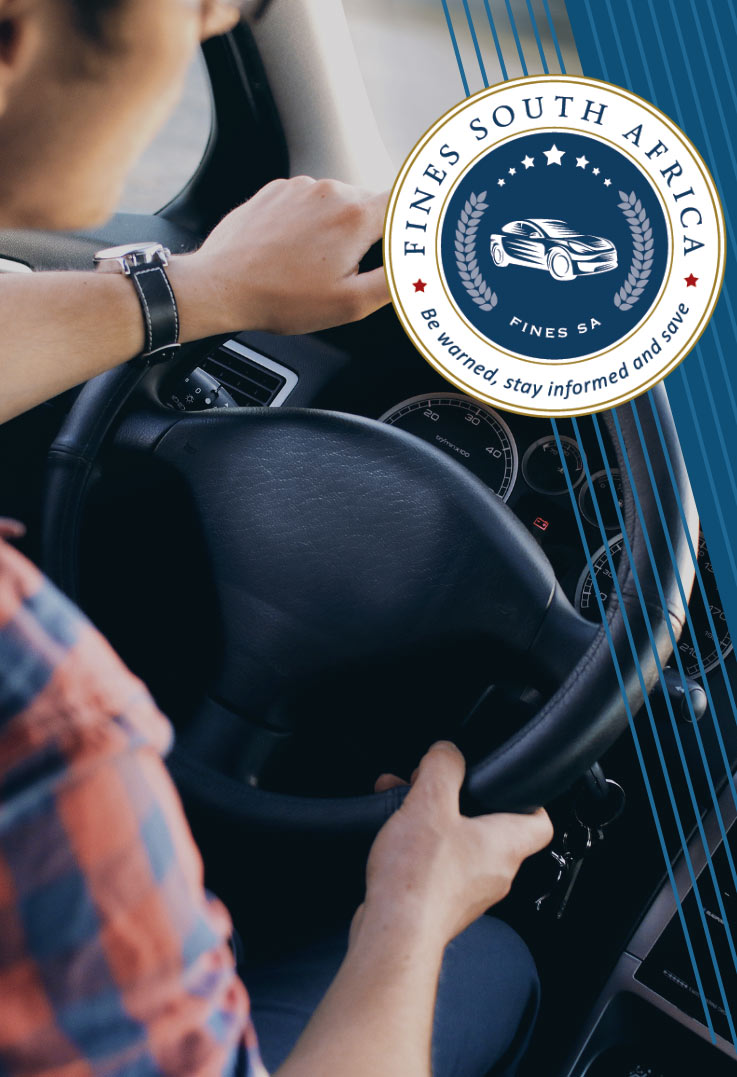Navigating Spring Showers
As the year comes to a close, it's time to reflect on our journeys, both metaphorically and on the road.
As spring blooms, it brings not only vibrant flowers and longer days but also the occasional spring shower. These rain showers can significantly impact road conditions and driving safety. In this comprehensive blog post, we'll explore essential springtime safety tips for drivers, focusing on precautions and driving strategies tailored to the unique challenges posed by wet roads, changing weather, and reduced visibility. This is how we at Fines SA are staying prepared and ensuring a safe journey during this beautiful but unpredictable season.
Spring showers can have a profound impact on road surfaces. Rainwater mixes with accumulated oil and dust, creating slippery conditions that can reduce tire grip and lead to hydroplaning. As a driver, understanding these challenges is the first step to staying safe during wet spring weather.
One of the most critical safety measures during spring showers is maintaining a safe following distance. Wet roads increase braking distance, so ensure you have enough space between your vehicle and the one ahead. The general rule is to maintain at least a three-second gap. In rain, consider increasing this to four or more seconds to allow for slower stopping times.
Proper tire maintenance is key to springtime driving safety. Check your tire tread depth regularly, as tires with inadequate tread are more likely to lose traction on wet roads. Ensure tires are inflated to the recommended pressure to maximize grip and stability, especially during heavy spring showers.
Wet roads reduce your vehicle's braking responsiveness. To avoid skidding, apply brakes gently and progressively. If your vehicle is equipped with antilock brakes (ABS), maintain consistent pressure on the brake pedal. In the event of a skid, steer gently in the direction you want to go.

Visibility can be significantly reduced during spring showers. It's essential to use your headlights, even during the day, to increase visibility for yourself and others. Many newer vehicles have automatic headlights, but for older models, remember to manually turn them on when it's raining.
Hydroplaning can be a frightening experience. If it happens, stay calm and avoid sudden movements. Ease off the accelerator and gently steer in the direction you want to go. Avoid sharp turns or hard braking, as these actions can worsen the situation. Once your tires regain traction, you'll regain control. Well-functioning windshield wipers are vital during spring showers. Check your wipers for signs of wear and replace them if necessary. Additionally, ensure clear visibility through all windows.
Use an appropriate cleaning solution to keep your windshield and windows clean and streak-free. It's wise to keep an emergency kit in your vehicle, especially during unpredictable spring weather. Include items such as a flashlight, blankets, a first-aid kit, and reflective triangles. These items can be crucial in case of an emergency, ensuring you're prepared for unexpected situations on the road.
Stay informed about weather forecasts, especially when planning longer trips during the spring season. Sudden weather changes can affect driving conditions. With access to up-to-date weather information, you can make informed decisions about when and where to travel, helping you avoid adverse conditions. Spring showers may bring May flowers, but they also require drivers to adapt and prioritize safety on the road. By following these comprehensive springtime safety tips, you can navigate wet roads with confidence, reduce the risk of accidents, and ensure a safe and enjoyable drivingexperience during this season of renewal. Stay safe, stay prepared, and embrace the beauty of spring from behind the wheel.
Keep up with the latest updates in Traffic Fine News and Helpful tips by heading to our blog


